If your tree is slowly turning into a shrub by sending up tree suckers—a host of thin, upright branches from the base of the trunk or soil near the base of the tree—then here are some tips on why it might be happening and how to remove suckers from trees.
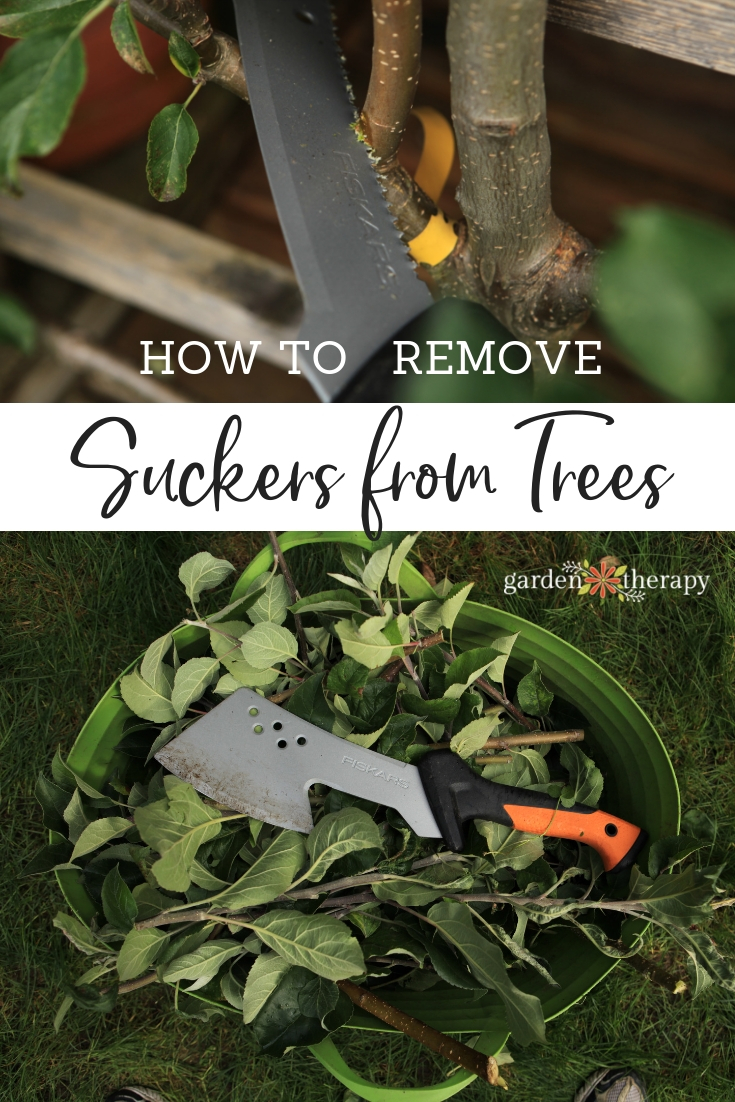
What Are Tree Suckers?
Trees are very good at what they do. Growing, that is. You often see suckers at the base of trees, tiny shoots that look like mini trees emerging. When overgrown, they create a shrub-like appearance. You may also see them emerge from a stump of a tree that has been cut down and continues to live.
Trees send up suckers as a reaction to stress. Your smart tree is putting up an effort to survive in a less-than-perfect environment. Those suckers are a way of multiplying, ensuring the lineage of the tree lives on. If the tree can’t survive, the suckers will grow in its place.
Why Do Tree Suckers Grow?
Suckers are often seen on urban trees that are planted in the “hell strip,” the strip of grass or garden between the street and the sidewalk. This strip is often a very stressful place for a tree to grow, with poor soil that is flanked by concrete. The soil gets compacted from the pressure on the paved surfaces, and the concrete generates a lot of additional heat.
Trees that have been growing in the hell strip will not thrive and produce as well as their counterparts in healthy soil with ample room for roots. These trees will often have more diseases and pests, and they send up suckers as a response to the stress they are under.
Drought is another reason why a tree might send up suckers. Upright branches from the base or upper branches as a result of drought conditions are called water sprouts. Water sprouts are the tree’s reaction to being thirsty.
A tree can also send up water sprouts and suckers as a result of improper pruning. A description of this is covered in this article on pruning.
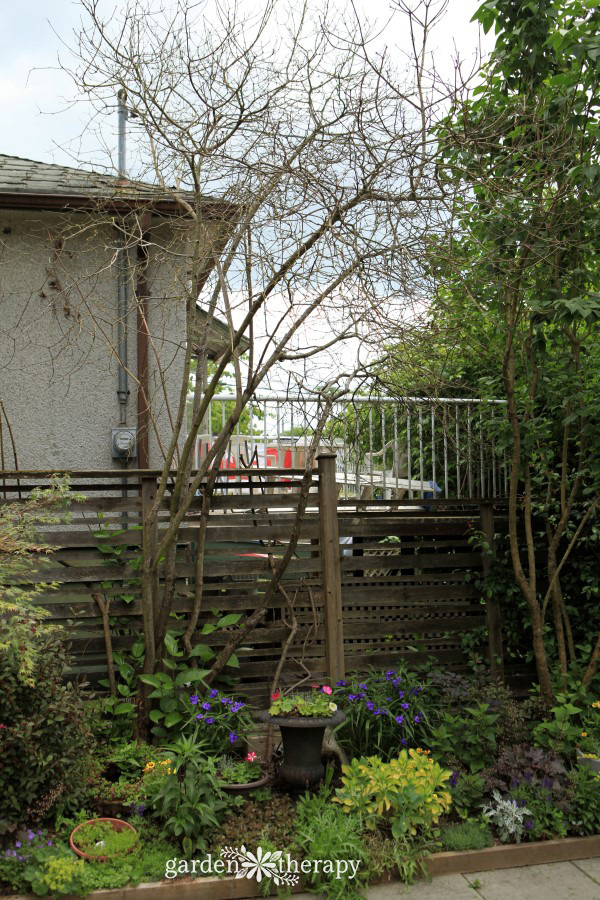
How to Stop Tree Suckers
As much of a nuisance as they are, the issue is primarily aesthetic. The tree is calling out for help, and if you listen perhaps you can help by improving conditions for the tree. Test your soil to find any glaring issues in it that could be causing distress.
Most trees don’t need to be watered, but you may want to consider soaking your trees if they are young or your area is experiencing excessive heat. Poor pruning or a lack of pruning maybe your other option for preventing more tree suckers from occurring.
If you can’t find a solution, you can simply choose to remove the suckers and keep up on the job as they appear. In some cases, like with older trees, this is not a bad solution.
You could provide more water, better soil, and prune more carefully, but as the tree ages it will be more prone to suckers and this may just be how you have to manage it for the foreseeable future.
Young trees, however, need more attention to the cause, as they shouldn’t be so stressed out at such a young age.
How to Remove Suckers From Trees
I have a couple of trees that I regularly will need to remove suckers from. My Corkscrew Hazel, Corylus avellana ‘Contorta’, has gorgeous contorted and twisted branches that look best when the leaves have fallen. It’s prone to suckers that hide the true beauty of the trunk of the tree so they get chopped off regularly.
And a thank you to Fiskars for providing me with a hatchet and billhook saw to help me remove the tree suckers!
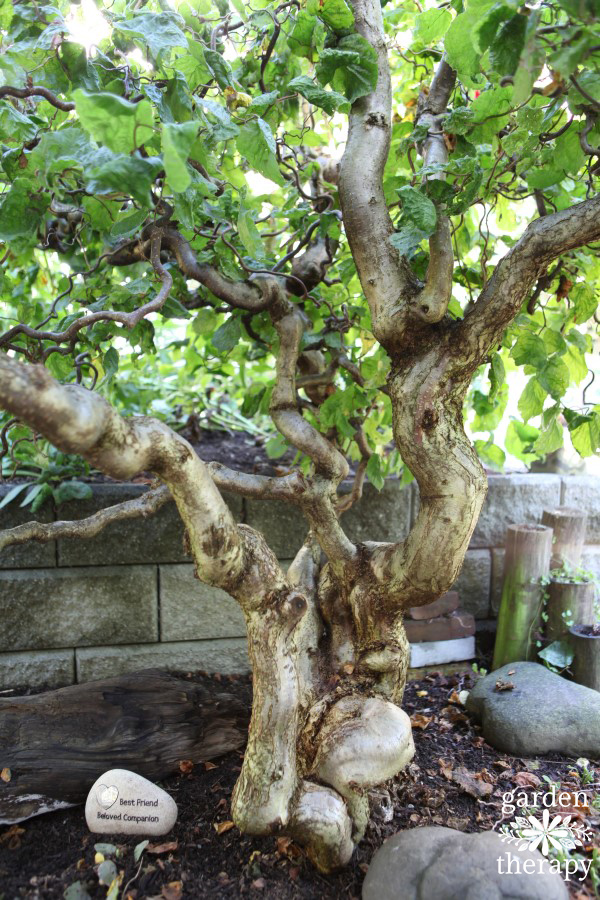
I like to use a hatchet or billhook saw to remove the suckers at the base.
Ideally, you want to get as close to the base as possible without cutting into the trunk. The nodes that send up more growth are located near where the suckers originate, so you need to remove those nodes in order to prevent regrowth. Otherwise, you will find yourself chopping down the same suckers over and over again.
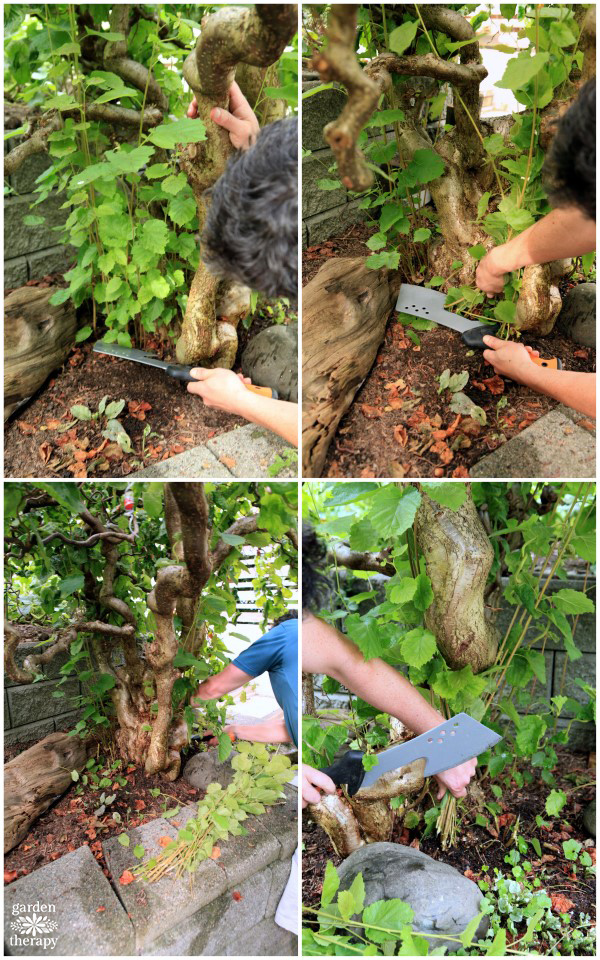
Remove Suckers at the Base of a Trunk
To remove suckers at the base of a trunk, use a hatchet to hook around the suckers and pull them off. The blade will prune those that do not pull off more easily. Use pruners or the saw of the billhook saw to clean up any stubs that are leftover.
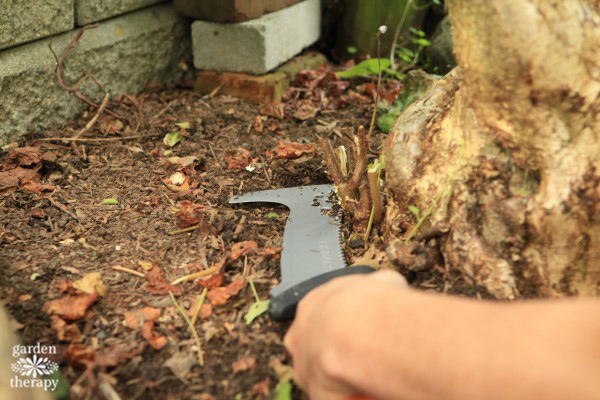
Remove Suckers Under Soil
To remove suckers under the soil, first try to pull them up. If they can easily be pulled off the roots then you are likely to get the growth nodes as well. If not, use the tip of the hatchet to loosen the soil around the suckers. Then, use the hook under the soil to cut the stem.
The hatchet can also be used to quickly remove watersprouts that grow in the spring and summer. Use the hook blade to swiftly remove the watersprouts at the branch. Then use the hatchet to quickly chop the pieces for the compost or yard waste bin.
I prune my espalier apple tree in the fall each year after letting it grow quite steadily throughout the summer. I use bypass pruners to remove the thinner branches, the billhook saw for the larger branches, and then quickly chop them up to fit in the green waste bin using the hatchet.
Here is my espalier apple before:
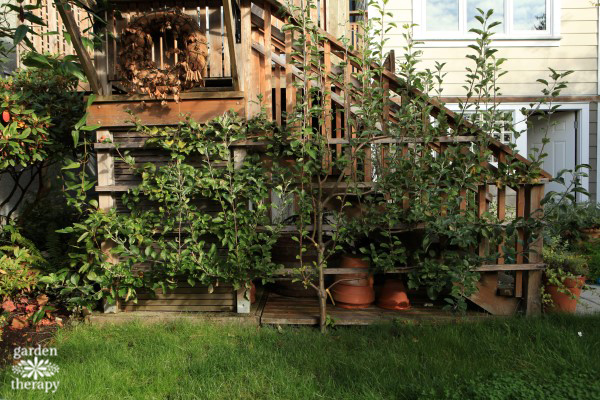
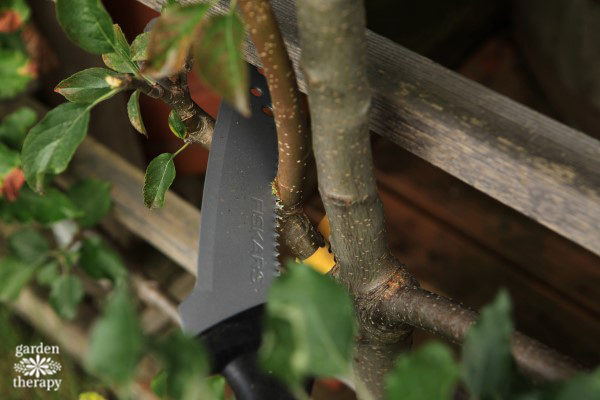
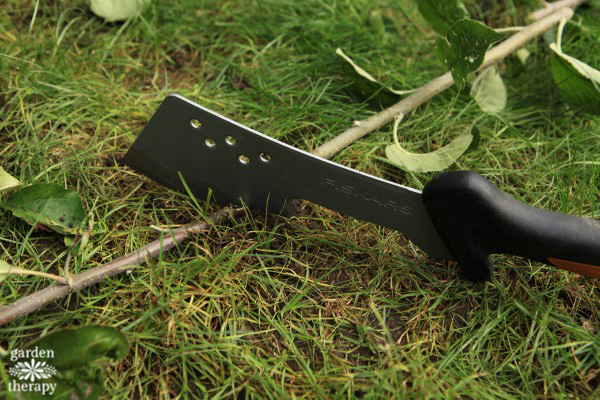
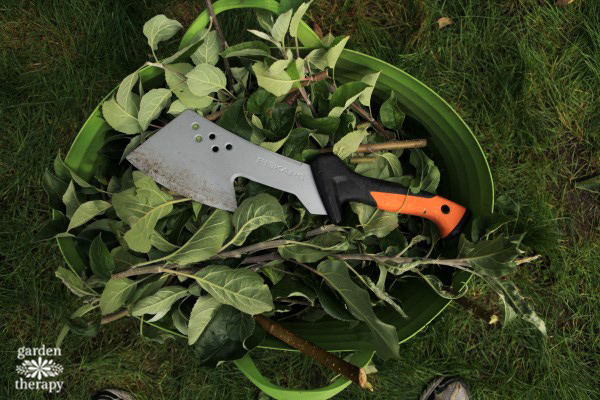
You can see it’s such a beauty once it’s all cleaned up and tidy for the fall. Here is the after:
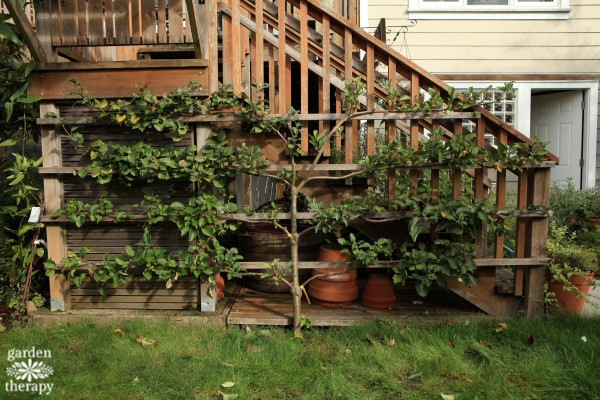
These tools can also be used for cutting back unruly and overgrown brush, removing tree roots from the soil, and dividing perennials.
More Posts About Pruning
- Learn How to Prune Like a Pro! Pruning 101
- Want to Know When to Prune? This Will Answer All of Your Questions!
- Your Guide to Pruning Hedges
- The Best Garden Greenery for Holiday Decorating (and Which Ones to Avoid)
- Care and Pruning for Decorative Topiaries
- The Art of Espalier: Growing Fruit Trees in Small Spaces
- The Essential Guide to Growing Lavender

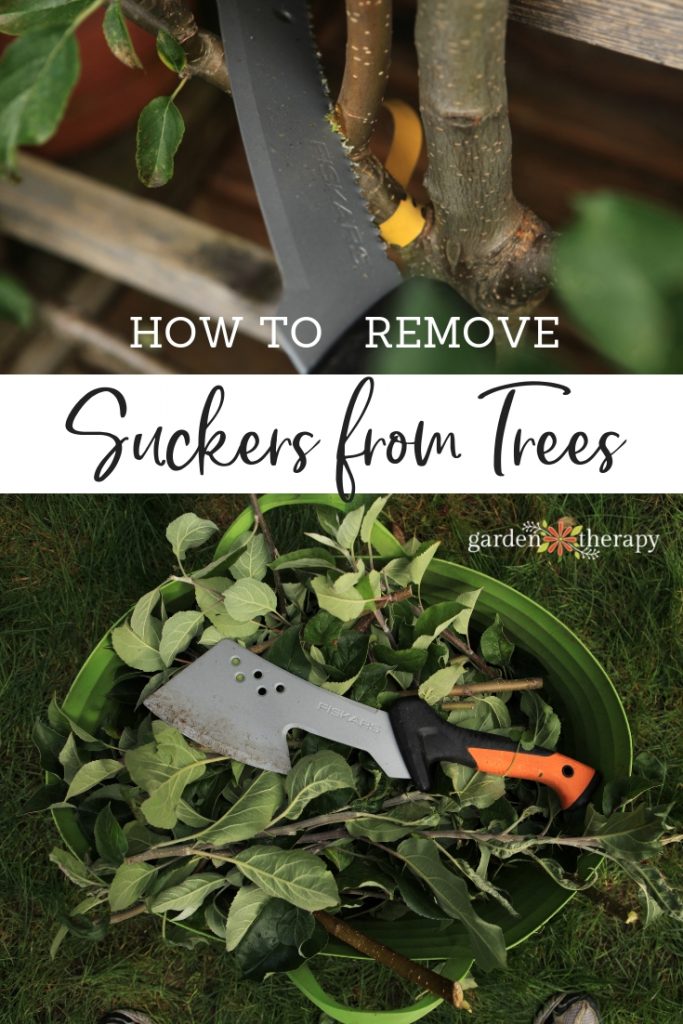



Actually, that Fiskars hatchet type deal looks like it might make a nice holiday gift for my family in Hawaii. They have to deal with gardening issues a ton. My brother does a lot of landscaping work on his investment property on the North Shore, and my mom gardens a bit.
Is there anything you can put on so the suckers don’t come back
Hi Donna, no, my tips are in the article for how to prevent them (understanding the growth cycle and tending to your plants accordinly)
Your article was quite informative thank you., however I am looking to stop the new shoots on my Murraya’s as I lift the crown to create light and space under them for plants in pots.
Is there a plant paint to use after pruning that would seal the cut and prevent regrowth.
Thanks.
Robyn
I have a tree which has done poorly since I planted it about three years ago. It has one primary sucker, which is beautiful. This Japanese tree (can’t remember the name) is very sparse with leaves only on the uppermost (2m/6ft) branches. Can I prune the tree back to its sucker, and maintain it to become a tree?
You can try, a sucker or a water sprout is just a fast growing branch so it could become the new structure of the tree if allowed to grow.